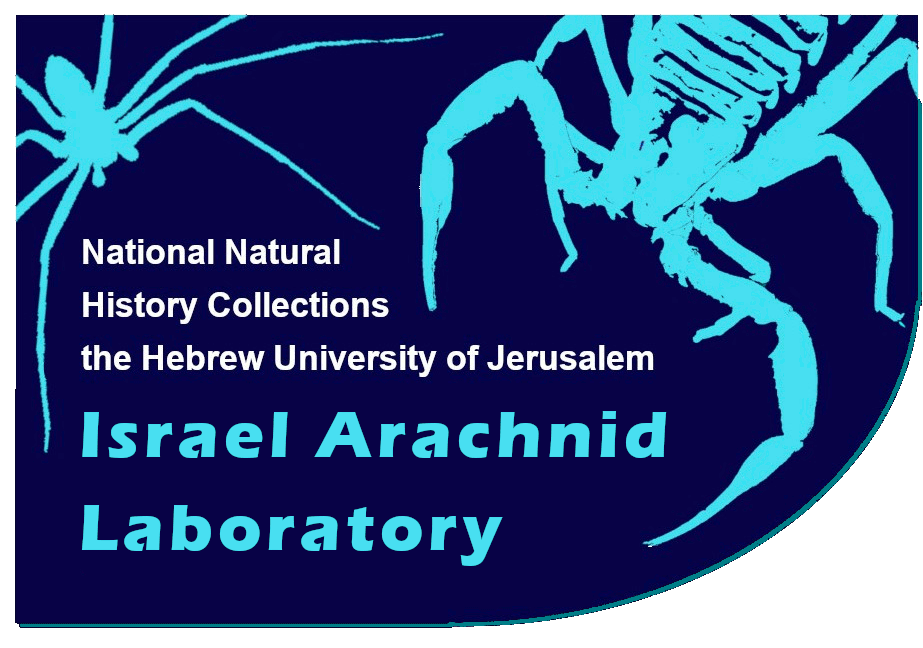Save Ayyalon cave
- efratgavish-regev
- Jul 2, 2021
- 2 min read
Next week we will present our objections to the Planning Administration committee regarding the National Infrastructure Plan "TTL 33a" that includes injection of the water to the area where Ayyalon Cave is situated, or a flood water reservoir above the Ayyalon Cave.
The plan was suggested as part of a larger plan to catch floodwater of Ayyalon river.
Ayyalon river is a seasonal stream that overflows once every few years and blocks the main road of Tel-Aviv, Ayyalon highway, the busiest road and railway in Israel. The plan is also to expand the railway - but this cannot be done without solving the Ayyalon floods.
So, the Israeli authorities plan to divert water from the Ayyalon river basin into the Nesher quarry (up to 6 million cubic meters per one event) to tackle this issue. Based on the rock properties, a similar site nearby and a short distance to the groundwater table, the infiltration rates are expected to be extremely high.

This is the plan, in green circle is Ayyalon cave entrance, in light blue is the planned water reservoir, and in purple is Nesher quarry.
The injection of millions of cubic meters of fresh, cold and oxidised water with high content of suspended matter will cause a dramatic change in the properties of the groundwater in the whole area and will destroy the Ayyalon ecosystem and all its endemic fauna.
Building a flood water reservoir above the Ayyalon cave is also expected to leak and destroy the Ayyalon ecosystem and all its endemic fauna.

In the pictures you can see Ayyalon inner lake. The water surface in the subterranean lake of Ayyalon cave is partly covered by floating microbial biofilms (mainly Beggiatoa) that provide energy to the fauna based on the oxidation of hydrogen sulphide and without any external food source. On the left lower picture is the microbial biofilm taking in a microscope. On the left middle picture is the troglobitic endemic blind scorpion Akrav israchanani Levy, 2007. On the left upper picture is the stygobitic endemic Typhlocaris ayyaloni Tsurnamal, 2008. There are four additional endemic species (two endemic troglobites- the endemic Chethoniid pseudoscorpion Ayyalonia dimentmani Ćurčić, 2008, an endemic collembola and two endemic stygobitic crustaceans).
Next time I will add more information on the fauna of Ayyalon cave that is threatened and will go extinct if the plan will be executed.






Commenti